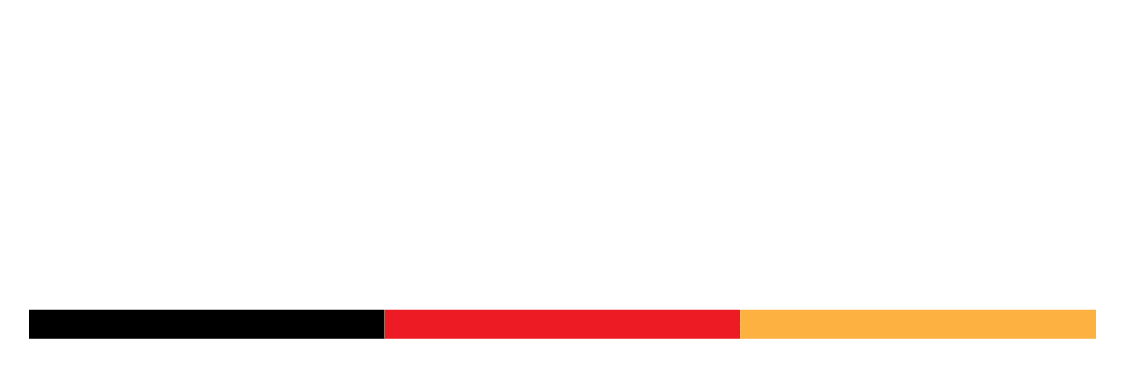Content
- Responsibility Accounting And Management By Exception
- Fixed Cost: What It Is and How It’s Used in Business
- Traceable fixed costs that the manager of a department cannot change are called: a. Controllable….
- Chapter 10 Distinction Between Traceable and Common Fixed Costs Notes
- Cost of Goods Sold: Definition, Formula, Example, and Analysis
- Indirect Traceable Costs

Some of the most common examples of semi-variable costs include repairs and electricity. An organizational segment is a part or activity within an organization about which managers would like cost, revenue, or profit data. The overall costs incurred by a firm may be classified into different categories on the basis of the analysis being considered. Examples of classifications are direct costs & indirect costs, traceable costs & common costs, product costs & period costs.
What is a traceable fixed cost?
A traceable cost is a fixed cost that has a cause-and-effect relationship with a process, a geographic area, a customer or another entity, according to Accounting Tools.
Another example of a cost that is traceable and common is the landing fee to land an airplane. The fee is traceable to a specific flight, but not to a specific class within the flight — first-class, business-class or economy-class. These indirect product costs are also known as manufacturing overhead costs, factory overhead costs, and burden.
Responsibility Accounting And Management By Exception
Fixed costs are sometimes also referred to as overhead costs. They are considered to be part of the cost of production, along with traceable fixed costs examples variable costs, and are therefore used in the calculation of total cost. Fixed costs are one of two types of business expenses.
He is a CFA charterholder as well as holding FINRA Series 7, 55 & 63 licenses. He currently researches and teaches economic sociology and the social studies of finance at the Hebrew University in Jerusalem. Mixed cost is a cost that has both a variable and a fixed component. The chapter concepts are applied to comprehensive business scenarios in the below Practice Video Problems. Provide some information about the lower-of-cost-or-market rule and include an example.
Fixed Cost: What It Is and How It’s Used in Business
Whole Universe, a wholesale distributor of electronic products, has been experiencing losses for the last two fiscal quarters. The most recent quarterly contribution margin income statement is presented below. A fixed cost is a classification of expense within managerial accounting.
Each division can be further segmented into product lines. For example, the social media games division consists of two major project lines–role playing games and puzzle games. Controlling traceable fixed costs is straightforward as they relate to a specific segment or center.
Traceable fixed costs that the manager of a department cannot change are called: a. Controllable….
Style, the top leaders make and direct most important decisions. Lower-level personnel execute these directives but are generally powerless to independently make policy decisions. A centralized organization benefits from strong coordination of purpose and methods, but it has some glaring deficiencies. Among these are the stifling of lower-level managerial talent, suppression of innovation, and reduction in employee morale. Traceable fixed costs are those fixed costs directly attributable to a particular segment, and there will be no such cost if the segment shuts down.
- Traceable fixed costs are costs that can be individually attributed to the company’s certain operative unit.
- Define and discuss how variable cost, fixed cost, and mixed cost is different.
- Ontribution margin is calculated as sales revenue less variable expenses.
- Determine the single most significant advantage of having facilities capital costs as an allowable cost.
- Expenses are money spent on various products and services.
What are traceable and allocated fixed costs?
Traceable fixed costs are an expense that originates from a single area, whether segment, product, or department. Due to this feature, they are usually easier to allocate and manage. On the other hand, common fixed costs are shared by various areas within the company.
